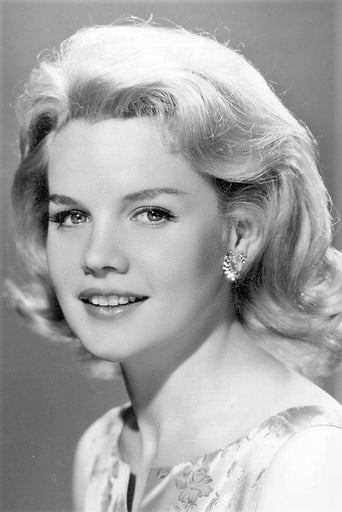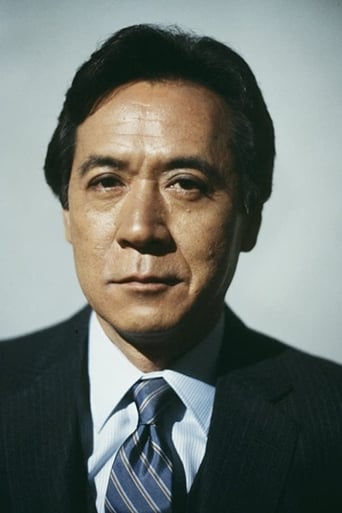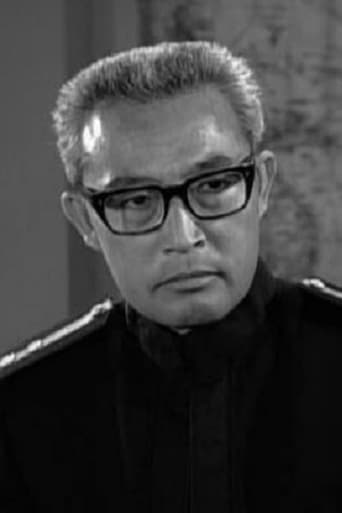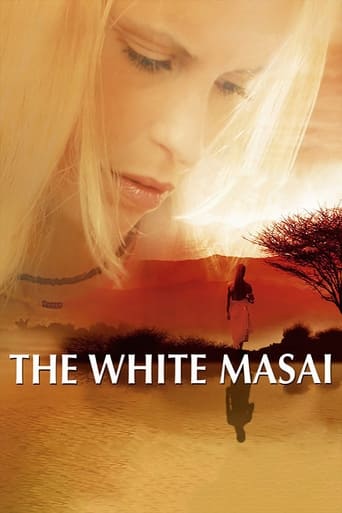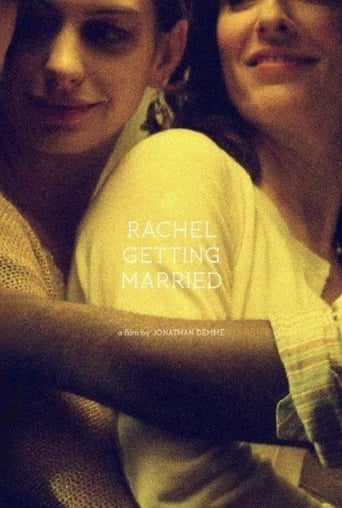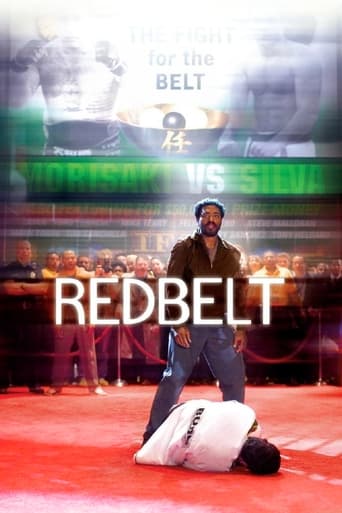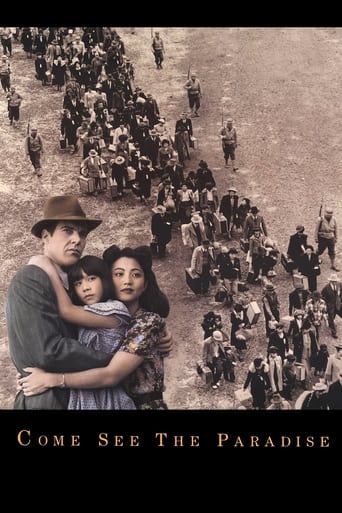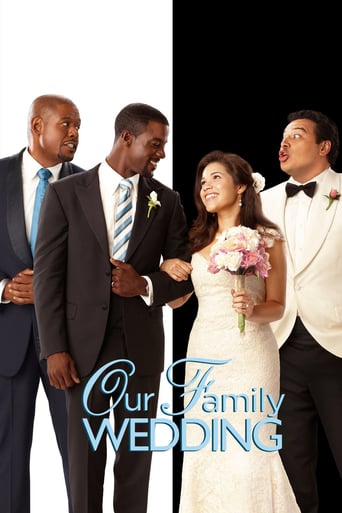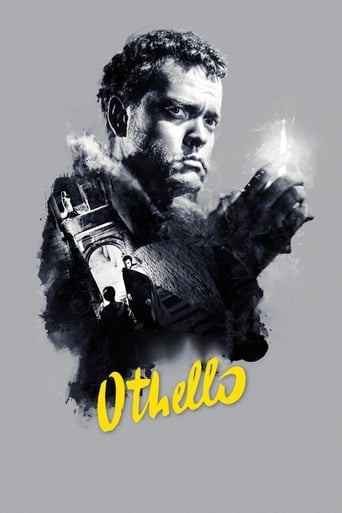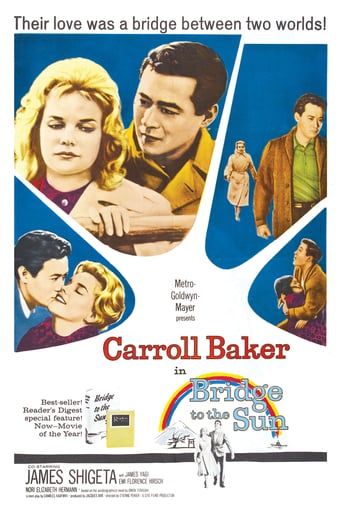
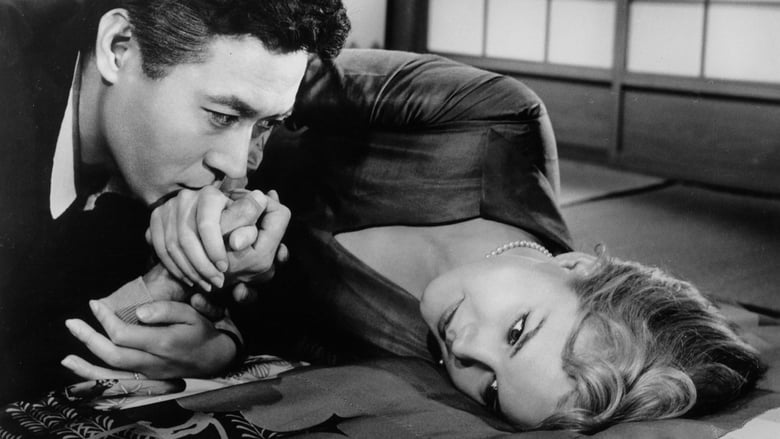
Bridge to the Sun (1961)
Tells the true story of Gwen Terasaki, who falls in love with, then marries a Japanese diplomat. When war breaks out they find animosity and trouble from both sides.
Watch Trailer
Cast


Similar titles
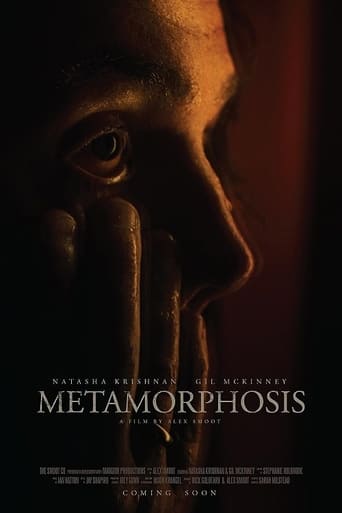
Reviews
This movie focused on the different customs and habits between east and west upon the relationship of love between American woman and Japanese diplomat in spite of the terrible relations between America and Japan before the misery of Pearl Harbbor in 1941 which was the great cause of firing more and more the drama of WWII and caused after that the Bomb exp loser of Herochima and Nakazaki in 1945 by turning America from second class to super class by playing with the fates of countries in different continents.This love story was Amerasian as a great field to see the varietal cultures as a preparing for globalization in the future by love and feelings before politics and economics to be the world in one place and field.This movie as (Love is a many splendor-ed thing) but the one difference between both That the first one took their accidents from politics and social subjects but the second one depended on humanity and feelings as the great gap between east and west forever.The best scene in this film the final scene by a great symbol at the ship when the American woman left Japan with her daughter and saying goodbye for her husband by taking the brilliant souvenir as an evidence of great love between them in spite of wars and political differences.
Carol Baker and James Shigata are good highly capable performers, but they tended to peak early in the 1950s and 1960s. However, they both did very well in telling this true story about Gwen, an American from Tennessee, met, fell in love with, and married "Teri" a Japanese diplomat in Washington, and how the events of 1935 to 1945 made their lives together extremely difficult if not dangerous. For the events leading to the Great Pacific War between Japan and the U.S. made Gwen's insistence on staying with Teri and their daughter Mako (two young girls play Mako as she grows to be nine years old) lead to one problem after another.This film was produced in 1961, and it was made just at the moment when American audiences began being willing to make some extended effort at burying the hatchet with Japan. In the 1950s, thanks to Douglas MacArthur's work as our "proconsul" rebuilding Japan, the country retained it's imperial family (even Hirohito) and yet became a fairly reliable ally and democracy. It helped that in this period China (formerly the tragic victim of Japanese militarism) was now (except for Formosa) a bastion of Communism. The films of this period did show negatives in part (Sessue Hayakawa's Col. Saito in "The Bridge On The River Kwai" at first), but also showed the pressures on our old enemies. Hayakawa's Saito loses face to his prisoner Nicholson who is better organized in engineering the bridge than the Japanese Colonel is. Other films dealt with re-understanding Japan. There was "Sayonara", where Marlon Brando, Red Buttons, and Myoshi Umeki try to sexually bridge the divide of East and West, with tragic results. There was the kids travelogue - adventure film "Escapade In Japan", wherein American and Japanese kids pal around the country. There was also the film "A Majority Of One", wherein middle aged Roselind Russell and Japanese industrialist Alec Guiness find a romance despite her children's opposition. Also despite some past history (her son died at Pearl Harbor, his wife and children at Hiroshima). There was also the French film "Hiroshima Mon Amour" which was about an inter-racial love affair, but looked at the long range effects of the radiation in the bombed city. It was a good moment to reevaluate the past. The period probably lasted until 1970 when "Tora, Tora, Tora" properly and somberly presented the story of the attack of December 1941 from both sides.To me "Bridge To The Sun" is a natural follow-up of Jimmy Cagney's "Blood On The Sun". Although the Japanese were mostly villains and sneaks in Cagney's film (especially the politician Baron Tanaka - John Emory) Cagney was willing to show there were good Japanese, in particular an elderly Japanese aristocrat seeking to prevent the success of the militarists (and who is murdered by them). That happened to be true regarding the politics of Japan in the 1930s. Several leading politicians who seemed too peaceful or not patriotic were killed off by assassins (most of whom got slap on the wrist punishments). Shigata's Teri happens to be of the peace party, and as the film continues one sees he is fighting an impossibly well organized foe. The best moment that shows this is in a portion of the film dealing with November - December 1941. Shigata tries to get a missionary friend to speak to FDR to send a personal message to the Emperor to keep Japan and the U.S. at peace. Instead, we see that despite all attempts to be careful, Shigata and his fellow peace lovers are being observed by the militarists. The story of the mixed marriage is fascinating because both Americans and Japanese stigmatize the couple. While going to the train with Mako to be reunited with Teri, Gwen sees American racism and hatred at it's worse ("how dare she marry one of those people!"). Similarly Teri is bothered in Japan by military bullyboys, and Mako is crying when she is teased and hit by Japanese children and even her teacher. Yet by the time the film ends, Mako has become so identified with her father's people she hates the Americans as invaders. "Bridge To The Sun" may be the best Hollywood film to show the home front in Japan in the war. It is disheartening. While America and Britain went into rationing in the war, they never went as far as Japan did where a little rice was given to the Japanese people for most of their stamps. Actually even Germany was being less hard for awhile. According to Albert Speer, luxury items were being produced in Hitler's Reich up to late 1944. Not Japan - every available crumb went into the military's stomachs.The film follows Teri's continued attempts to rebuild the peace party, which only gets him into serious trouble with his oldest friend Hara (James Yagi, who gives a good performance of a committed militarist who won't let old friendships keep him from his work). But Teri won't give up, despite Hara and the Kamentai. And Gwen remains loyal to her husband, up to the film's end...which is quite unexpectedly poignant.
I just saw this at the SF Asian American Film Festival. Apparently, there is only one print in existence and no VHS or DVD releases. I hope that you are as lucky as I was and get an opportunity to see it. The lead, Shigeta, was at the screening and spoke a few words to the audience and answered some questions. He got a standing ovation. I was glad that he is still sharp and articulate.The good: 1) James Shigeta is outstanding. He's handsome and skilled. He plays Terasaki with passion and sophistication.2) It's a view of WW2 from the Japanese side, which is all too rare. 3)It's based on a true story, which makes the film resonate even more.4) The dialogue is wonderful. The opening scene is written and acted with a lot of wit which had the audience laughing. 5) It was produced in 1961. Unlike many Hollywood films of the time, Asians have a reasonably accurate portrayal and not just crude caricature (e.g. "Breakfast at Tiffany's").The bad: 1) The film is set in the 1930s and 40s but the costuming and furnishings are straight out of 1960. I'm a bit of a vintage clothing geek so this was jarring.
This is the true story of Gwen Terasaki who married a Japanese diplomat before World War Two and then returned with him to Japan after Pearl Harbor. It tells the story of the war from an entirely new perspective, and is the first film to depict the racial nature of the Pacific war, and to depict the suffering of the common Japanese people.


